Playlist: An Evening in the Lounge
Filled with nothing but covers of songs from the 1930s, 40s, and 50s, “An Evening in the Lounge” is exactly what it sounds like—the kind of lounge music you might listen to during cocktail hour at a local jazz bar. Whether you’re a fan of Sinatra and Darin, or Ellington and Giordano, this playlist has something for everybody. Close your eyes, lean back, and pretend you’re sipping bourbon with your best gal in a smokey, moonlit jazz club.
Listen to An Evening in the Lounge on Spotify here!
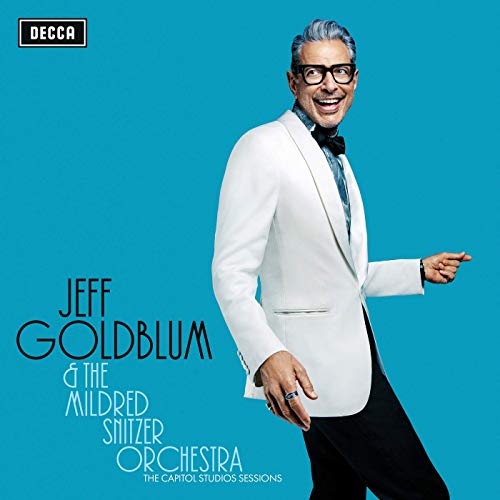
1. “My Baby Just Cares for Me” — Jeff Goldblum & The Mildred Snitzer Orchestra
Having just released his second jazz album, now is the perfect time to share Goldblum’s jazz chops in his cover of “My Baby Just Cares For Me,” originally written for the 1930 film Whoopee! (Because I love Jeff Goldblum. A lot.)
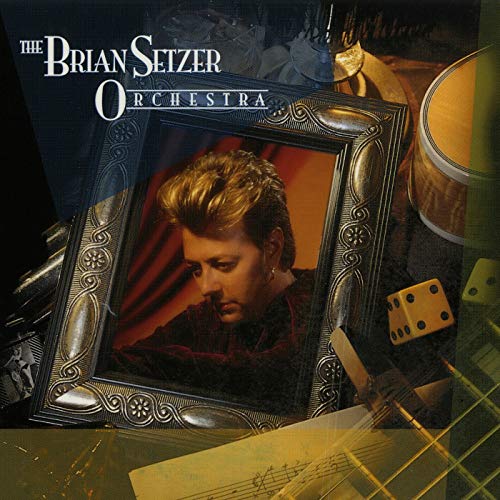
2. “A Nightingale Sang in Berkeley Square” — The Brian Setzer Orchestra
Written in 1939, “A Nightingale Sang in Berkeley Square” has been made popular again by the book and television show Good Omens. Having been covered countless times, this song has a distinctly forties-lounge-sound to it.
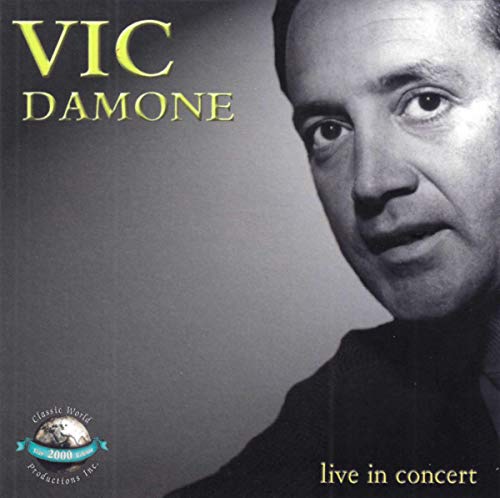
3. “When Lights Are Low” — Vic Damone
A massively popular big-band singer in the fifties and sixties, Vic Damone’s “When Lights Are Low” is a romantic swing song, upbeat enough to dance to, but slow enough that you won’t be stepping on your partner’s toes if your something of a dancing novice.
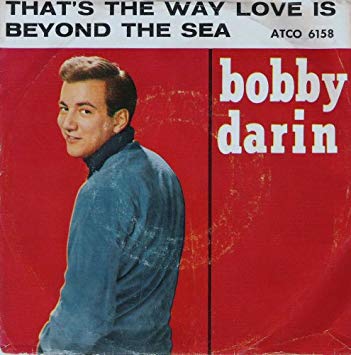
4. “Beyond the Sea” — Bobby Darin
A personal favorite of mine, Bobby Darin’s 1959 version of the 1945 French tune “La Mer” is a finger-snapping, toe-tapping, hum-along song. “Beyond the Sea” is upbeat and wistful all at once, musing on the singer’s love waiting for him to return from his station on a ship.
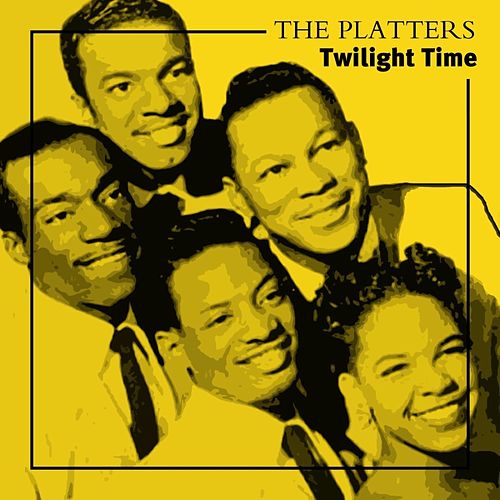
5. “Twilight Time” — The Platters
The Platters’ cover of the 1944 song “Twilight Time” is by far the best-known version, having topped the American R&B charts in 1958. With beautiful harmonies and a swinging melody, “Twilight Time” is a true earworm.
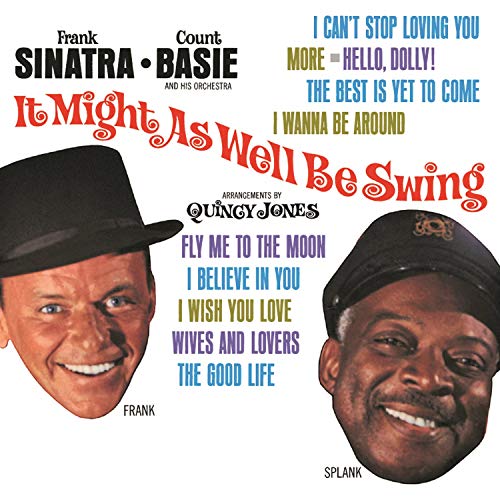
6. “Fly Me to the Moon (In Other Words)” — Frank Sinatra and Count Basie
Everybody has heard Frank Sinatra’s seminal “Fly Me To The Moon (In Other Words). Written in 1954 and recorded in 1964, this is the ultimate lounge love song. If you’re ever making a playlist for your significant other, this one usually goes over pretty well.
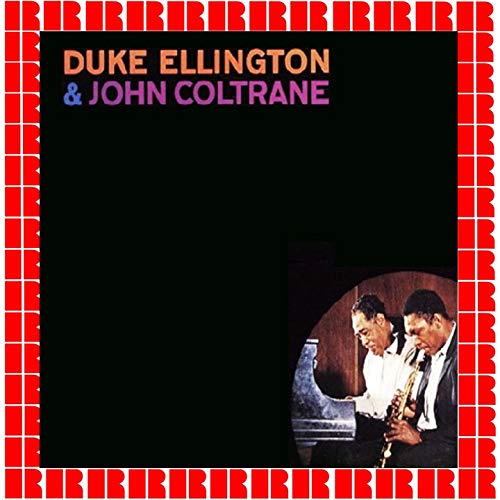
7. “My Little Brown Book” — Duke Ellington and John Coltrane
From Duke Ellington and John Coltrane’s 1962 album of the same name, “My Little Brown Book” slows us down, moving from the dance floor to cocktail hour. A solely instrumental track, this song is a tribute to Ellington and Coltrane’s masterful jazz musicianship.
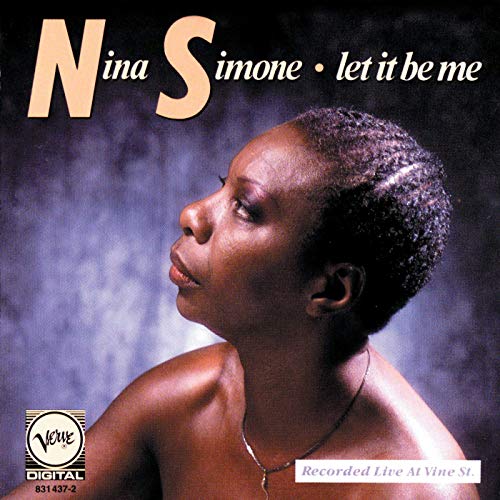
8. “If You Knew/Let It Be Me” — Nina Simone
After changing her name to disguise her identity from her family, Nina Simone became one of the most famous female jazz singers of the sixties and seventies. Her incredibly powerful voice produces the slowest and sweetest of jazz melodies.
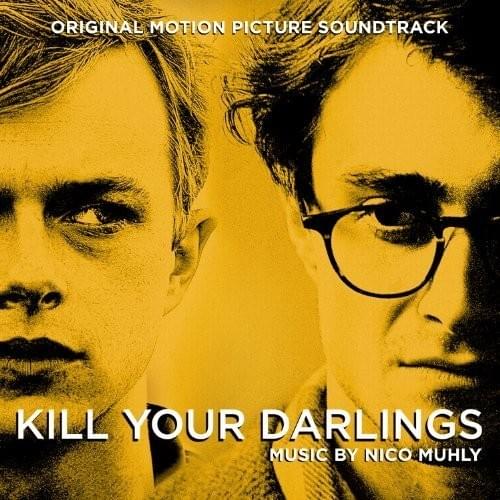
9. “The Blue Room” — Catherine Russell
From the phenomenal film Kill Your Darlings, which tells the story of Allen Ginsberg (Daniel Radcliffe) and the Beat Generation, “The Blue Room” is an easy-going jazz piece. This song will make you believe you’re slow-dancing the night away in a smoke-filled 1940s club.
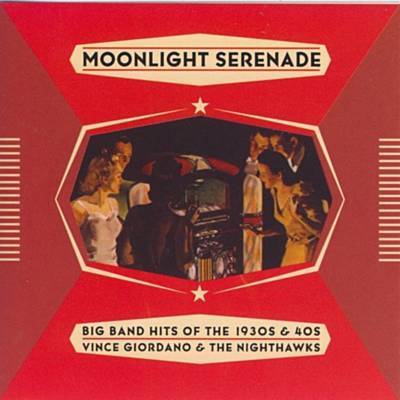
10. “Manhattan” — Vince Giordano and the Nighthawks
From the soundtrack of the 2016 film Café Society, “Manhattan” is performed by Vince Giordano And The Nighthawks. Having begun his career as a jazz musician in 1966, Giordano specializes in performing music of the 1920s and 30s—“Manhattan” absolutely exemplifies that.
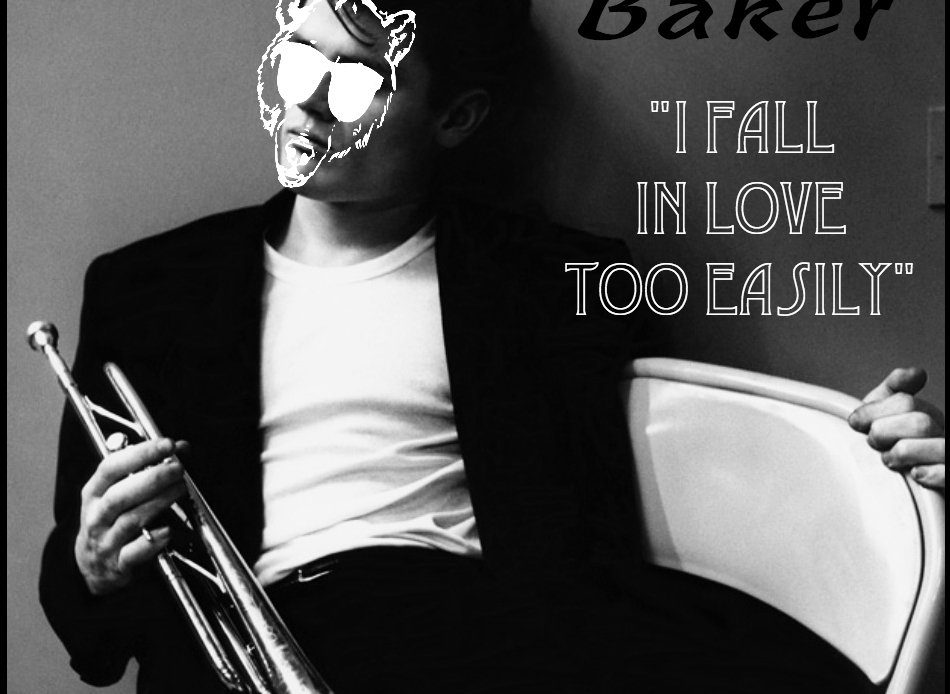
11. “I Fall in Love Too Easily” — Chet Baker
With beautiful vocals and a slow jazz band playing in the background, “I Fall In Love Too Easily” sounds as though you’re listening to it on old vinyl. The slightly grainy audio quality sets the scene of a dimly-lit jazz club, with a neon sign shining in the rain.

12. “I’ll Be Seeing You” — Billie Holiday
Billie Holiday’s “I’ll Be Seeing You” is a melancholy ode to saying goodbye. Holiday’s version of the song was the last transmission ever sent by NASA to the Mars rover Opportunity, before the tear-jerking conclusion to Opportunity’s mission on February 13th, 2019.
